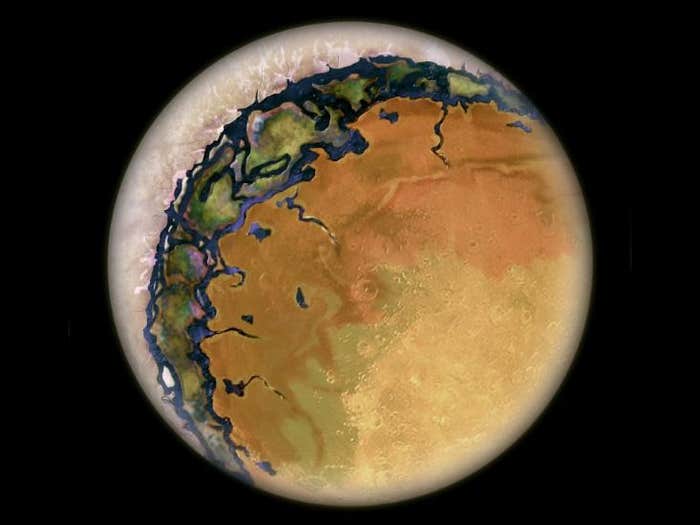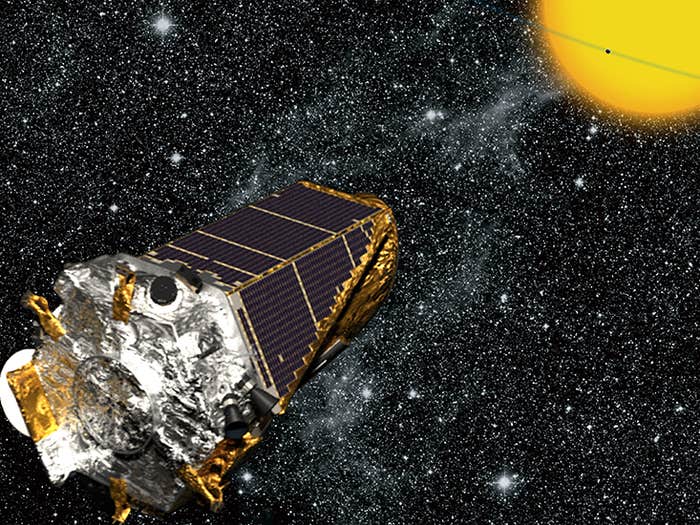Telescopes
6 articles-
Forget “Earth-Like” Worlds
Why we’ll first find aliens on eyeball planets. -
How to Map a Galaxy When You’re Right in the Middle of It
Why the Milky Way looks like it spirals. -
Clever Apes, a Busted Telescope & the Adjacent Possible
The Kepler spacecraft had a pretty good run. Launched in 2009, it soon settled into its intended orbit around the Sun, trained its image sensors up at a patch of sky about as big as your fist held at arm’s length, and began watching, which it’s been doing ever since. Kepler’s job is to find […] -
Seeing the Galactic Forest for the Trees
To solve a mystery, scientists often zoom in on it as close as they can, break the puzzling system down to its components, and analyze it piece by piece. Sometimes, comprehending a system requires just the opposite: pulling back to see the bigger picture. Sometimes that bigger picture is bigger than our galaxy, in which […] -
How We Could Find Alien Life Soon—and Why We Probably Won’t
Despite their great distance from Earthbound politics, exoplanets were the topic of a joint hearing on May 9th of the House space and research subcommittees. The recent discovery of a trio of temperate super-Earths was the hearing’s impetus, but most of the discussion was devoted to future prospects—chiefly, how and when scientists might learn whether […]
-

The Fun-House Mirror Earths
It’s been just over two decades since astronomers announced the first discoveries of exoplanets—planets orbiting stars other than the sun—and their progress in the intervening years has been so routinely remarkable its recitation now seems mundane: There are now thousands of cataloged exoplanets, and hundreds of billions more probably await discovery in the Milky Way […]



















